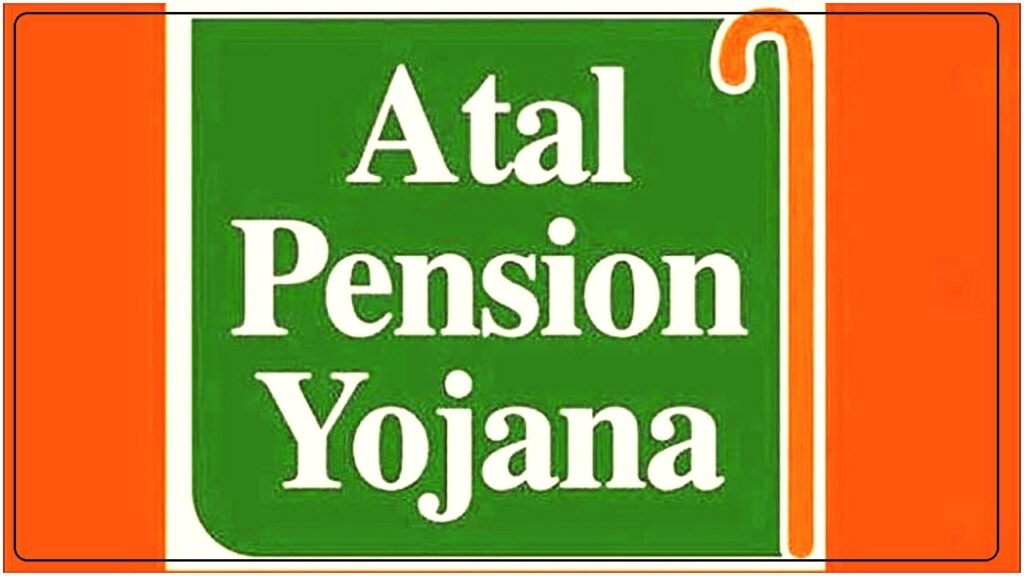What is a private limited company India?

A private limited company is a privately held business entity held by private stakeholders. The liability arrangement, in this case, is that of a limited partnership, wherein the liability of a shareholder extends only up to the number of shares held by them. Private limited company definition as per Section 2 (68) of the Companies […]
Box Office Collection and Money Laundering in Indian Cinema

The film industry, known for its glitz and glamour, has become an unexpected stage for a much darker performance: money laundering. Criminals often exploit the complexity, vast sums of money, and international reach of the film business to clean illicit funds Why the Film Industry is Vulnerable High Budget and Loose Oversight: Major film productions […]
Evergreening of loans

An evergreen loan is a loan that does not require the repayment of principal during the life of the loan, or during a specified period of time. In an evergreen loan, the borrower is required to make only interest payments during the life of the loan. Evergreen loans are usually in the form of a line of credit that […]
Atal Pension Yojana

Atal Pension Yojana is a pension programme that aims to ensure that low-income individuals have a reliable source of income once they reach retirement age. The programme was introduced by the Government of India in the financial year 2015-2016 with the aim of assisting individuals who are currently working in the unorganised sector. Pension amount Up […]
LLR Slot Booking

All residents of the State of Andhra Pradesh who want to take a learner licence test now will have first to book an LLR slot based on their convenience. The payment for LLR slot booking can be made online either through a credit card or a net banking account or any e-Seva centre or any RTO […]
Scheme of Agriculture

Agricultural machines take an important role to increase productivity with timely and precise fieldwork. To promote the usage of farm mechanization and increase the ratio of farm power. Brief of major schemes implemented by the Department of Agriculture and Farmers Welfare S No Name of the Scheme Purpose I. Central Sector Schemes 1. Pradhan Mantri […]
Data Service procurement Form (DSPF)

S. 26 of Special Economic Zones Act, 2005 (SEZ Act) exempts units/ developers in SEZ from payment of any duties or taxes on goods/ services procured from Domestic Tariff Area (DTA) for authorised operations. S. 16 of Integrated Goods and Services Tax Act, 2017 (IGST Act) provides for the facility of zero-rated supply of goods/ […]
Encumbrance Certificate Format Download

If a property is purchased by availing a mortgage or if it has been pledged, the lender will add a “Lien” or a charge to the property. This will ensure that the borrower/property owner does not sell the property until the mortgage is paid in full. An Encumbrance Certificate is a legal document which will […]
What is GST billing software?

By utilizing this software, companies simplify the task of generating GST invoices that comply with GST regulations and ensure compliance with essential requirements. It accurately calculates GST on every purchase, keeps records of GST payments and makes it easy to submit GST returns quickly. What are the features of GST Billing Software? GST invoices can be created instantly […]
AS 17 – Segment Reporting

AS 17, or Accounting Standard 17, mandates how enterprises should disclose financial information about their operating segments and geographical segments in their financial statements. The standard aims to provide transparency and clarity regarding an enterprise’s business activities and economic environment. DEFINITION A BUSINESS SEGMENT, is defined as a distinguishable component of an enterprise that is […]